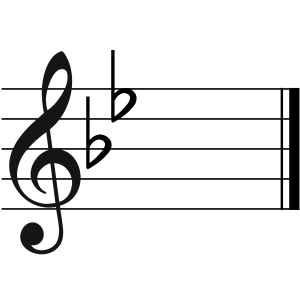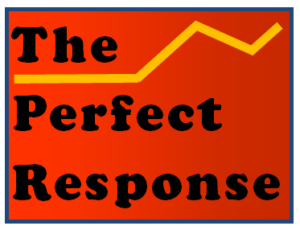Metaphors and analogies are always interesting to consider because they function as rails guiding the engine of thought.
 Here is a thought experiment. Why are there so many more metaphors and analogies built from visual terms than terms used to talk about what we hear? One slightly disconcerting thing about writing a book on sound is how often I must reach for descriptive terminology using metaphors based on sight. It undermines my key argument that sound is the true “first sense.”
Here is a thought experiment. Why are there so many more metaphors and analogies built from visual terms than terms used to talk about what we hear? One slightly disconcerting thing about writing a book on sound is how often I must reach for descriptive terminology using metaphors based on sight. It undermines my key argument that sound is the true “first sense.”
Metaphors and analogies are always interesting to consider because they function as rails guiding the engine of thought. “Life as a game” or “Organizations are like badly made machines” are consequential in suggesting what to look for, what to fear or what to ignore. If organizations are “like machines,” they ought to be pretty easy to disrupt. Machines require all parts to work together. If an organization is like an “organism,” no such tinkering will make much difference. Plants like bamboo are nearly indestructible. But I digress. Back to descriptions based on sight.
They are everywhere in our narratives of the world. Hence, we have “soundscapes,” and audio engineers construct a “soundstage.” Both terms are derived from words describing what we see. I’ve found myself as depicting tubas as producing “fogs” of sound, or high frequency noise as being like “looking into bright sunlight.” A recording is said to by “dry”—not improved by signal processing—or “wet:” a track that has been put through any number of fillers and filters. Moisture or the absence of it is something we see or feel. We also seem to talk a lot more about sound “reflections” than “echoes,” especially when considering acoustical problems. The first is more visual; “echoes” are clearly aural. One more example: the gap that separates the arrival of a sound coming from the right side to the left ear creates a “sound shadow.” That microsecond delay between the arrival of sound between our two ears is partly how we locate a source in three-dimensional space. Again, the visual reference dominates the explanation.
Communication owes a great deal to the aural. But the conversion of perception from one sense to another requires the new terms to survive on foreign soil. That can sometimes help us think more creatively. But the seeming dominance of visual imagery even to describe sounds represents a kind of rhetorical synesthesia. This condition applied here means that someone will experience one sense via the language of another sense. It’s not a cognitive feature most people seek. We generally like our senses to stay in their lanes. To be sure, Italian words commonly used in musical expression are helpful, at least to Italians and musicians. But they haven’t caught on. Descriptive terms for sound still seem limited.
This quandary isn’t keeping me up at night. But thoughts are made available to us by the words we have for them. What might we be missing because we don’t have names for sonic effects? Then, too, perhaps that part of sound that is music needs no help for language. We sense it when an a musician caught in the web of a long interview seems relieved to quit talking and actually start singing or playing.
![]()
